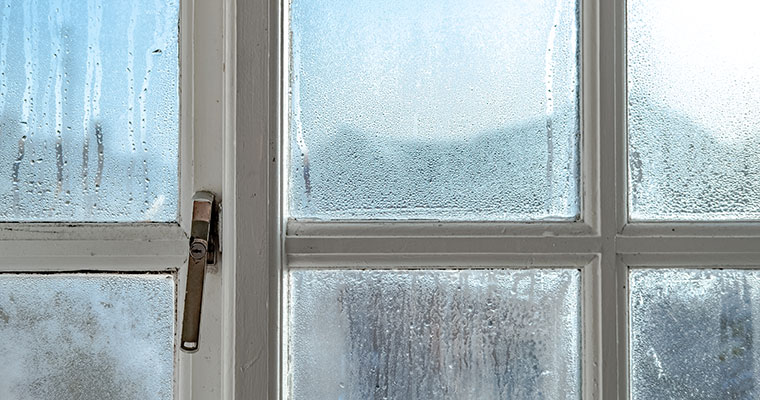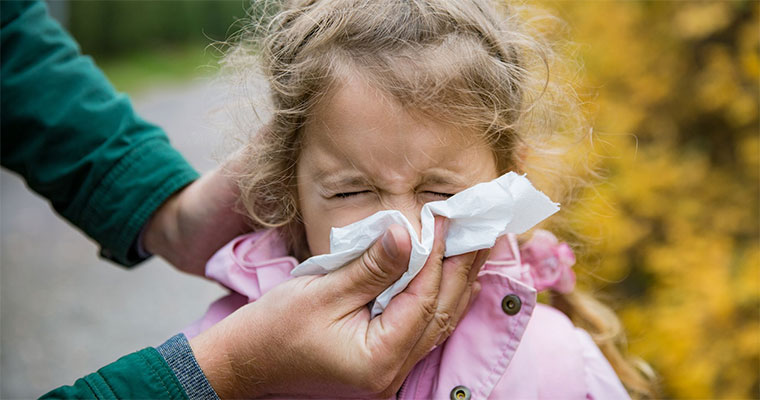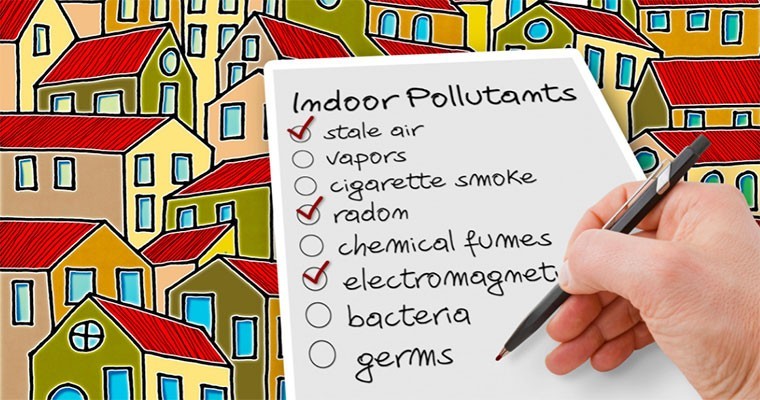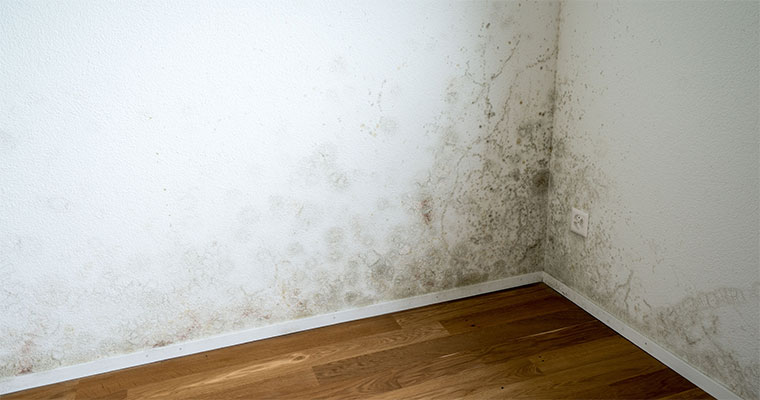We at BDVAir have compiled a short checklist to help you easily establish if your home may have any damp issues and is adequately ventilated. Having a well ventilated home is the first step to keeping your family healthy and to live in comfort. Cold damp homes are linked to poor health especially for the young, elderly, and unwell. We all like to think that our homes are just right and don’t have any issues that would consider them to be damp however you may be surprised as to what is actually going on and there me be signs if you look.
Here is a list of the common tell tale signs on an unhealthy home, they do not have to be bad and in some cases not even noticeable, string 2 or more together and you should take action.
1. Weeping Windows/wet surfaces
Weeping or crying windows is caused from warm damp air hitting a cold surface, generally in winter your windows will be the coldest surface in the house and are the first sign. You may have top to bottom condensation or just a thin line across the bottom, this is telling you there may be excess moisture (humidity) in the air. As the warmer air cools, the moisture will settle on other surfaces, this maybe on cabinets and furniture through out the house, bedding and clothing may feel cold, Clearly, this is not healthy living environment for anyone.

2. Coughs, colds and sniffles a bit too common
You know the feeling, winter comes along and everyone in the house seems to be constantly sniffling and coughing, especially the youngsters in the family. These bugs and germs easily transfer for one member to another and thrive in a damp environment, they also get trapped inside as there is no way out, ventilation helps to flush these bugs out of the home and replenish the air with fresh clean filtered air helping to break the cycle. You may notice an increase in asthma flare ups and respiratory infections. These also can be treated by good ventilation helping to keep the triggers from happening.

3. That cold and clammy feeling
The house is all closed up, the heaters are on high yet you have your woollies on and it still feels cold, you even feel slightly clammy. This is sure testament to having damp air in the home, moisture in the air is hard to heat, the warmer you try to make it more moisture will evaporate from damp surfaces into the air making the humidity even higher, it is a vicious circle which there is no winner. The same applies in the summer. You close the house up after a hot day to keep the mozzies and unwanted guests out trapping hot humid air. This makes for broken uncomfortable sleep with constant tossing and turning. You need to flush this hot humid bedroom air with cooler evening drier air.

4. Stale Air
Without being replaced by opening ALL the windows and doors, the air inside the home becomes stale, gets laden with moisture, smells, carbon dioxide (breathing) and many other pollutants. If this is not flushed out, pockets can form in corners, rooms and areas of the house where there is no air movement. These pockets of stale air smell, are unhealthy and are breeding grounds for germs, bacteria and mould. All homes have them somewhere, do you know where yours is? A good ventilation systems prevents these pockets from forming and regularly flush out this polluted air.

5. House is hard to heat up
You have invested in the latest state of art heating system at great cost and you seem to be running it more than you thought you would need to. Even then the house does not have that tropical island feel about it. Damp is hard to heat, before you can actually feel that warmth come through, the heater is having to heat up the moisture in the air first, think of it as like boiling a pot of water, does the pot boil faster with more or less water? Not only that, damp hot air is uncomfortable and very unhealthy, again a breeding ground for germs, bacteria and mould.

6. Mould
Mould is that horrible black or brown ‘fur’ you see growing in bathrooms, bedroom ceilings, behind furniture, on kitchen window frames and in wardrobes. Mould loves a damp ‘wet’ area. It may be a few spots or it can blanket a surface. Mould is highly transportable and travels in the air as spores floating around looking for damp surfaces to create a new home. Moulds produce allergens (substances that can cause an allergic reaction), irritants and, sometimes, toxic substances. Inhaling or touching mould spores may cause an allergic reaction, such as sneezing, a runny nose, red eyes and skin rash. Moulds can also cause asthma attacks. You can help eliminate the presence of mould by keeping the air drier in the home.

7. Underperforming, broken or old ventilation systems.
If you currently have a ventilation system but still have some of the issues mentioned above then it may be yours is underperforming, this can be from just not doing its job, be broken or malfunctioning. If this is the case then you need to have it repaired or replaced. BDVAir have an upgrade system where we can upgrade any system to a BDVAir system for a fraction of the price of a full replacement.
More Information:

